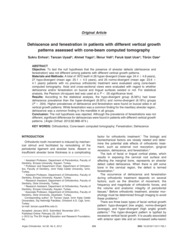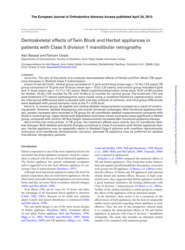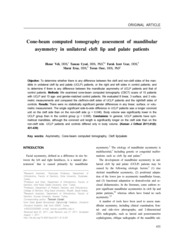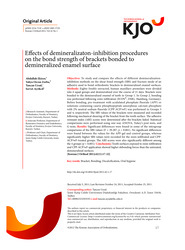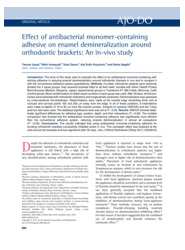Filtreler
Filtreler
Bulunan: 6 Adet 0.000 sn
Kayıt Giriş Tarihi : 16.06.2014 ✕Koleksiyon : DİŞ HEKİMLİĞİ FAKÜLT ... ✕Koleksiyon : DİŞ HEKİMLİĞİ FAKÜLT ... ✕Koleksiyon : KLİNİK BİLİMLER BÖLÜ ... ✕Tam Metin : var ✕Tam Metin : var ✕
 ŞÜKRÜ ENHOŞ
ŞÜKRÜ ENHOŞ